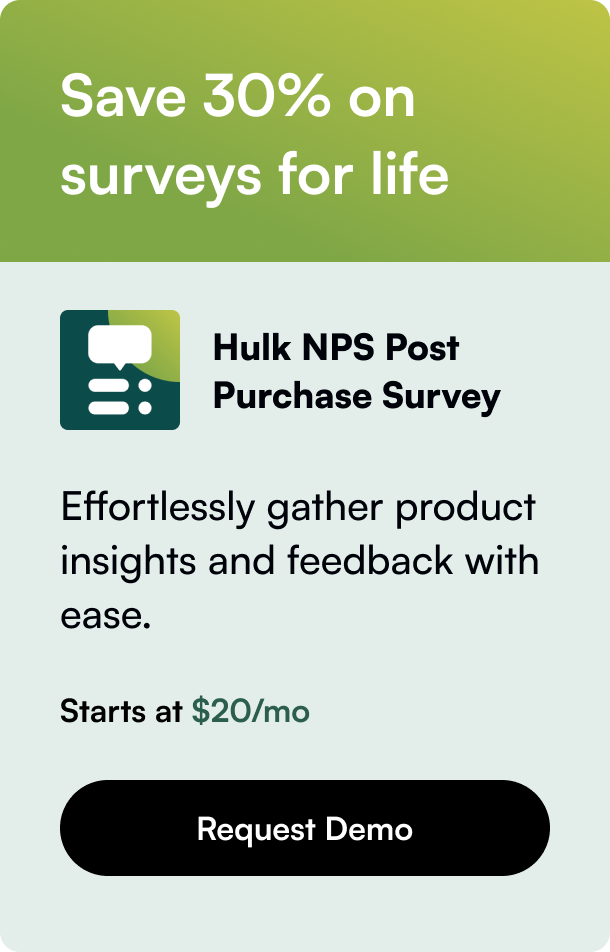Table of Contents
- Introduction
- HTML6: The Next Big Leap in Web Standards
- Headless CMS: The Future of Content Management
- Web3: The Decentralized Web
- Conclusion
Introduction
Amidst the widespread buzz around artificial intelligence (AI) dominating the tech industry, it's easy to overlook other groundbreaking web technologies on the horizon. While AI certainly garners much of the spotlight, several non-AI innovations are set to significantly impact web development and online platforms. This blog post seeks to spotlight some of these emerging technologies that promise to shape the digital landscape in novel ways.
HTML6, Headless CMS, and Web3 represent three influential trends poised to revolutionize how websites and online content are developed and managed. By understanding and preparing for these advancements, developers and digital enthusiasts can stay ahead of the curve. This article will delve into the features and implications of these technologies, providing a comprehensive guide on what to expect.
HTML6: The Next Big Leap in Web Standards
A Brief History of HTML
HTML, or HyperText Markup Language, serves as the backbone of the World Wide Web. Each new iteration of HTML introduces significant enhancements, enabling richer and more interactive web experiences. For instance, HTML5 revolutionized web development by incorporating features that eliminated the need for external plugins like Flash. This advancement allowed a seamless integration of multimedia, interactive graphics, and complex user interfaces directly within the browser.
What to Expect from HTML6
The development of HTML6, though not extensively covered in mainstream technology news, promises a host of new features set to further elevate web development:
Enhanced Native Security: With cyber threats becoming more sophisticated, HTML6 aims to embed robust security protocols directly into the framework, offering developers a more secure foundation right out of the box.
Automatically Adaptive Images: Image optimization will be streamlined with HTML6, as it will introduce mechanisms for automatically adapting images based on the user's device and screen resolution. This feature is expected to boost website performance and enhance user experience.
Offline Support: Continuing the trend from HTML5, which introduced offline capabilities via Application Cache, HTML6 is anticipated to offer even more comprehensive support for offline browsing. This enhancement will allow web applications to function smoothly without a constant internet connection, improving accessibility and reliability.
While HTML6's definitive feature list remains under wraps, its gradual rollout over the next few years is expected to bring transformative changes, solidifying its position as a foundation of modern web development.
Headless CMS: The Future of Content Management
Understanding Headless CMS
Traditionally, content management systems (CMS) like WordPress or Drupal tightly couple the front-end presentation layer with the back-end content repository. However, Headless CMS is redefining this structure by decoupling the two, enabling a more flexible and scalable approach to content management.
Benefits of a Headless CMS
API-First Approach: In a headless architecture, the front end and back end communicate through APIs (Application Programming Interfaces). This separation allows developers to deliver content across various platforms—websites, mobile apps, IoT devices—without duplicating efforts.
Enhanced Flexibility: With a headless CMS, developers can choose any front-end technology to render the content. This freedom fosters creativity and innovation, allowing for a more customized user experience.
Improved Performance: Loading assets and content through APIs can boost a website's performance, as it reduces the need for heavy, monolithic back-end processes.
Adoption and Future Prospects
Headless CMS is already gaining traction, with large web platforms like WordPress offering headless configurations. Specialized APIs and plug-ins are proliferating, laying the groundwork for this approach to become a web development standard.
Web3: The Decentralized Web
What is Web3?
Web3, or the third generation of the World Wide Web, is a conceptual shift from the centralized, server-client model of Web2 to a decentralized internet. It leverages blockchain technology to create a web where ownership and control are distributed among its users rather than a few large corporations.
Key Components of Web3
Blockchain Technology: At its core, Web3 utilizes blockchain to create a secure and transparent ledger for transactions and data management.
Cryptocurrencies and NFTs: Digital assets, including cryptocurrencies and Non-Fungible Tokens (NFTs), play a significant role in Web3 by facilitating peer-to-peer transactions and ownership verification without intermediaries.
Decentralized Applications (DApps): Web3 encourages the development of DApps that run on blockchain networks, offering greater security, immutability, and transparency.
Implications and Potential
The adoption of Web3 could democratize the internet by giving users more control over their data and digital assets. Projects like Galaxis and Paragraph, which have garnered substantial investments, exemplify the potential of Web3 to transform online interactions and commerce.
Conclusion
While AI continues to transform various aspects of technology, innovations like HTML6, Headless CMS, and Web3 are simultaneously driving significant changes in web development. HTML6 promises to enhance security, performance, and offline capabilities. Headless CMS offers a flexible, API-driven approach to content management, decoupling the front end from the back end and facilitating multi-platform content delivery. Lastly, Web3 aims to decentralize the internet, leveraging blockchain technology to create a more democratic and user-centric web.
By staying informed and exploring these emergent technologies, developers and stakeholders can position themselves to capitalize on these advancements as they become mainstream. The future of web technology is diverse and dynamic, and these three trends illustrate just a fraction of what's possible beyond the realm of AI.
FAQ
Q: When will HTML6 be officially released? A: HTML6 is expected to roll out gradually over the next few years, though precise timelines are still under development.
Q: Can traditional CMS platforms be converted to a headless CMS? A: Yes, many traditional CMS platforms now offer headless configurations, allowing developers to decouple the front end and back end.
Q: How can Web3 impact current web development practices? A: Web3 can introduce more decentralized, secure, and user-controlled web environments, significantly altering data management and content distribution practices.
By thoroughly understanding these technologies, you can stay ahead of industry trends and prepare for the transformative changes they bring to the digital landscape.
Built to inform, thanks to programmatic SEO.







